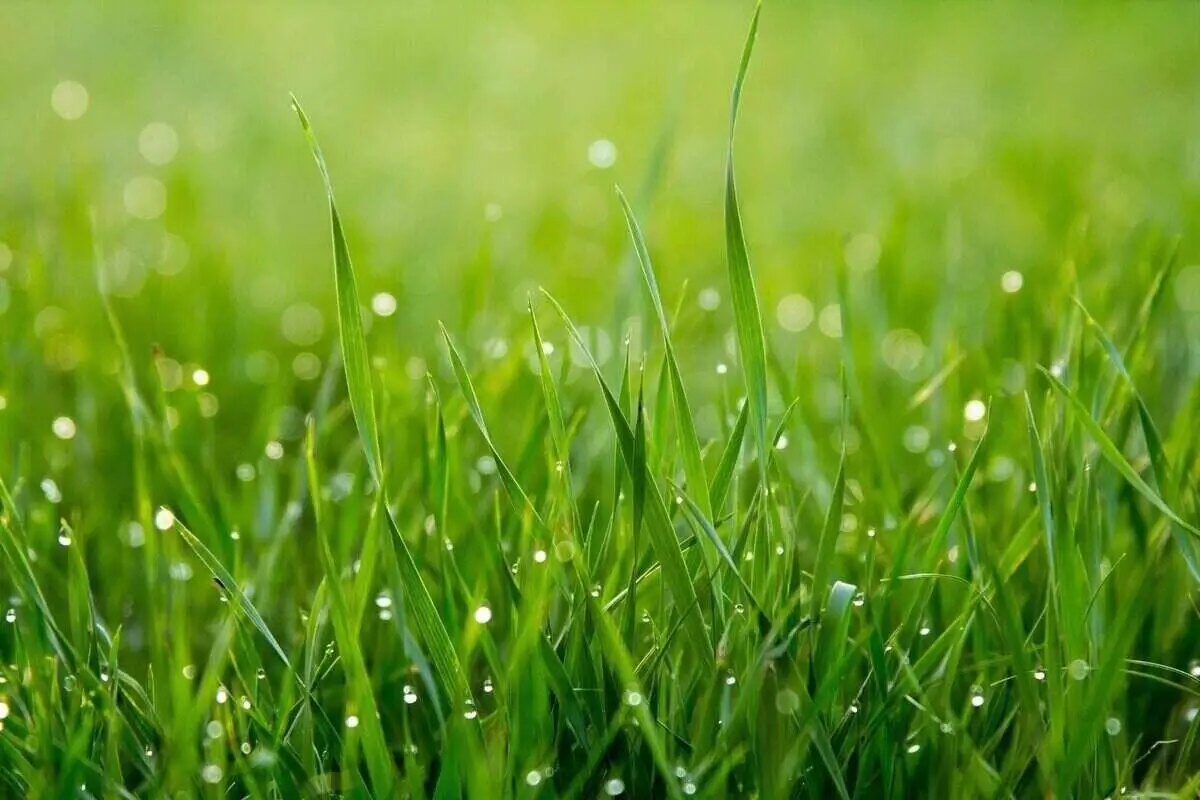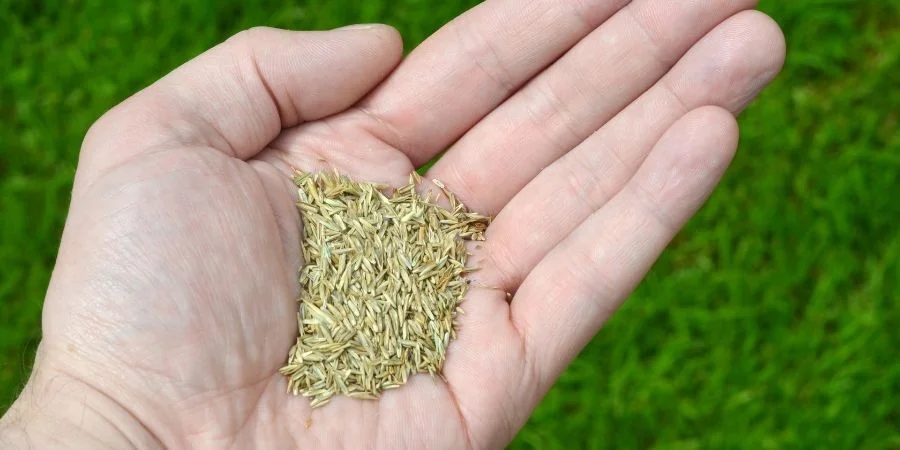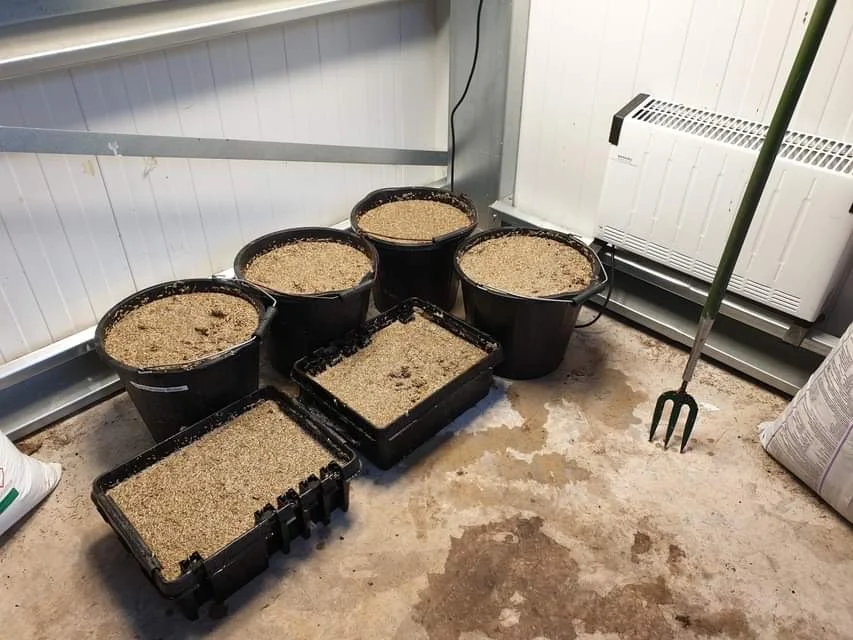What Is the Best Thing to Kill Weeds but Not Grass?
Last Updated on April 18, 2025 by Duncan
Spring brings fresh life to gardens and lawns, but with the beautiful foliage comes the inevitable invasion of weeds.
These opportunistic plants can swiftly take over a well-kept lawn, competing with grass for nutrients, water, and sunlight. While broad-spectrum herbicides may seem appealing, they can often damage or kill your lawn while removing weeds.
The key to keeping a lush, weed-free lawn is to understand the many types of weeds and use targeted control measures.
Whether you’re dealing with stubborn perennials like dandelions or seasonal invaders like crabgrass, you can use several practical techniques to get rid of your lawn weeds without destroying your grass. These ways include:
Use selective herbicide
When appropriately used, selective herbicides can kill weeds while preserving your grass. Pre-emergent pesticides keep weed seeds from sprouting and establishing.
They are highly effective against annual weeds like crabgrass when administered appropriately, usually in early spring. Remember that pre-emergents will also inhibit grass seed from sprouting, so avoid using them if you want to oversee your lawn.
Post-emergent selective herbicides attack established weeds. Products containing 2,4-D, dicamba, or mecoprop (MCPP) successfully control broadleaf weeds such as dandelions and clover while not affecting most turfgrasses.
Special medicines containing chemicals such as quinclorac may be required for grassy weeds.
Consider iron-based herbicides, which efficiently control numerous broadleaf weeds while being less harmful to the environment. These treatments function by giving broadleaf weeds a toxic dosage of iron while leaving grass unharmed.
Always adhere to label guidelines, apply herbicides when weeds are actively developing, and avoid using them during excessive heat or dry conditions when grass is already stressed.
You should note that you must know precisely what you’re dealing with before applying the herbicide. In general, lawn weeds can be divided into three groups: perennials (such as dandelions and creeping Charlie), summer annuals (like crabgrass and bindweed), and winter annuals (like henbit and chickweed).
Winter annuals germinate in the autumn and blossom in early April. Summer annuals germinate in the spring and thrive throughout the warm months.
Perennial weeds can live for many years and frequently develop vast root systems, making them very difficult to eradicate.
Take the time to identify the individual weeds in your lawn. Understanding the difference between broadleaf and grassy weeds and their life cycles can help you choose the most effective herbicide.
If you are having a problem identifying the different weeds, get the input of a professional.
Pull the weeds by hand.
Simple hand-pulling is one of the most successful and environmentally benign weed control strategies that you can use. This technique is highly effective, particularly when the weeds are young and have not established large root systems.
For annual weeds, grab the plant near the base and pull gently yet firmly to remove the entire root system. These weeds often have thin roots and are easily removed, especially after rain or irrigation when the soil is damp.
Perennial weeds take additional attention. Use a hand weeder or garden trowel to dig around the plant, getting beneath the root systems.
You must remove the entire taproot for dandelions and other tap-rooted weeds, or the plant will sprout. Work your tool deep into the dirt near the weed, loosening it before attempting to pull it out.
The optimal time to hand-weed is in early spring, before the weeds flower and set seed. Removing a single blossoming weed will prevent hundreds of seeds from spreading across your lawn.
Dig the weeds using specialized tools.
When dealing with perennial weeds, such as dandelions and plantain, both typical lawn weeds, failing to remove the roots can result in the weed growing back soon. And you don’t want this.
As a result, it is a good idea to employ specialist instruments to ensure that the weed is eliminated.
Scour the lawn for weeds, grab each one firmly, and pull the entire plant out. Use a garden fork or garden weeder to get underneath the weed and lever it out of the turf if necessary. The grass will swiftly grow to replace the gap left by the weed.
When using weeding equipment on your lawn, always aim to inflict as little harm as possible. While the lawn will eventually restore itself, a patchwork lawn with brown holes is not ideal.
Many people have reported that their yards resembled a yard full of molehills when eradicating dandelions. To avoid this, always take your time and ensure that you don’t leave behind holes that are too large.
Mow your lawn at the right height.
How you mow your grass has a significant impact on weed development. Many homeowners mow their lawns too short, creating ideal conditions for weeds to grow and spread.
Taller grass has deeper roots and shades the soil, preventing weed seeds from germinating.
Follow the one-third rule when mowing: never remove more than one-third of the grass height in a single mowing session. This reduces stress on the grass and promotes thick growth, which naturally crowds out weeds.
Instead of following a tight plan, adjust your mowing frequency based on the growth pace. You may need to mow weekly during high-growing seasons, although once every two weeks may suffice.
Be strategic with your fertilization.
A well-fertilized lawn grows thick and vigorous, naturally outcompeting many weeds. However, incorrect fertilizing might encourage weed growth.
The timing of fertilizer application is critical. Fertilize warm-season grasses around two weeks following green-up in late spring, when the grass is actively developing and can absorb nutrients.
Fertilizer applied too early will essentially assist weeds, which often begin to develop before the grass emerges from dormancy.
Fertilize cool-season grasses throughout their peak growth periods in the early spring and fall. Avoid intensive fertilization in the summer, when these grasses are semi-dormant.
Slow-release fertilizers give a consistent supply of nutrients over time instead of quick-release solutions, which might result in excessive growth followed by stress periods.
When it comes to lawn fertilizer, always stick to the suggested treatment rates, and remember, more is not better.
Water deeply
Your irrigation tactics can either aid in weed control or provide ideal circumstances for them to thrive.
Deep, infrequent watering stimulates grass to have deeper root systems, making it more drought-tolerant and competitive with weeds. Water your grass deeply enough to hydrate the soil 4-6 inches down, but only when necessary, after the top 1-2 inches of soil have dried.
Many weeds, particularly nutsedge (nutgrass), thrive in constantly wet environments. Allowing the soil surface to dry between waterings promotes grass growth over several common weeds.
For the best outcome, water your lawn early in the morning, when evaporation rates are minimal, and the grass has time to dry before sunset. You should note that overnight wet grass can foster fungal infections, weakening your lawn and allowing weeds to enter.
Overseed the bare spots.
Weeds are opportunistic and will quickly invade any exposed soil on your lawn. Thankfully, you can prevent the weeds from taking root by rapidly overseeding thin or bare areas.
The optimal time to overseed varies depending on the type of grass you have on your lawn. Early October is the optimum time to plant cool-season grasses, with spring coming in second.
Late spring to early summer is the optimal time to plant warm-season grass. Use grass seed that complements your lawn to provide a uniform appearance.
Prepare the space by pulling any existing weeds and lightly raking the soil surface. Apply the seed at the indicated rate, lightly rake it in, and moisten the area until it germinates.
A thin covering of compost can promote seed-to-soil contact while providing nutrients to immature grass seedlings.
Consider using a starting fertilizer designed exclusively for new grass to promote speedy establishment. Weeds will have less opportunity to infect your fresh grass since it grows faster.
Parting shot
These are some of the best ways to remove weeds from your lawn without harming the grass. Remember that a lush, healthy lawn provides the strongest long-term defense against weeds as you remove the weeds.
After you’ve removed the weeds, overseed any barren places, mow regularly, and continue to fertilize and maintain your turf. This way, weeds have less room to creep back in as your lawn grows denser.


